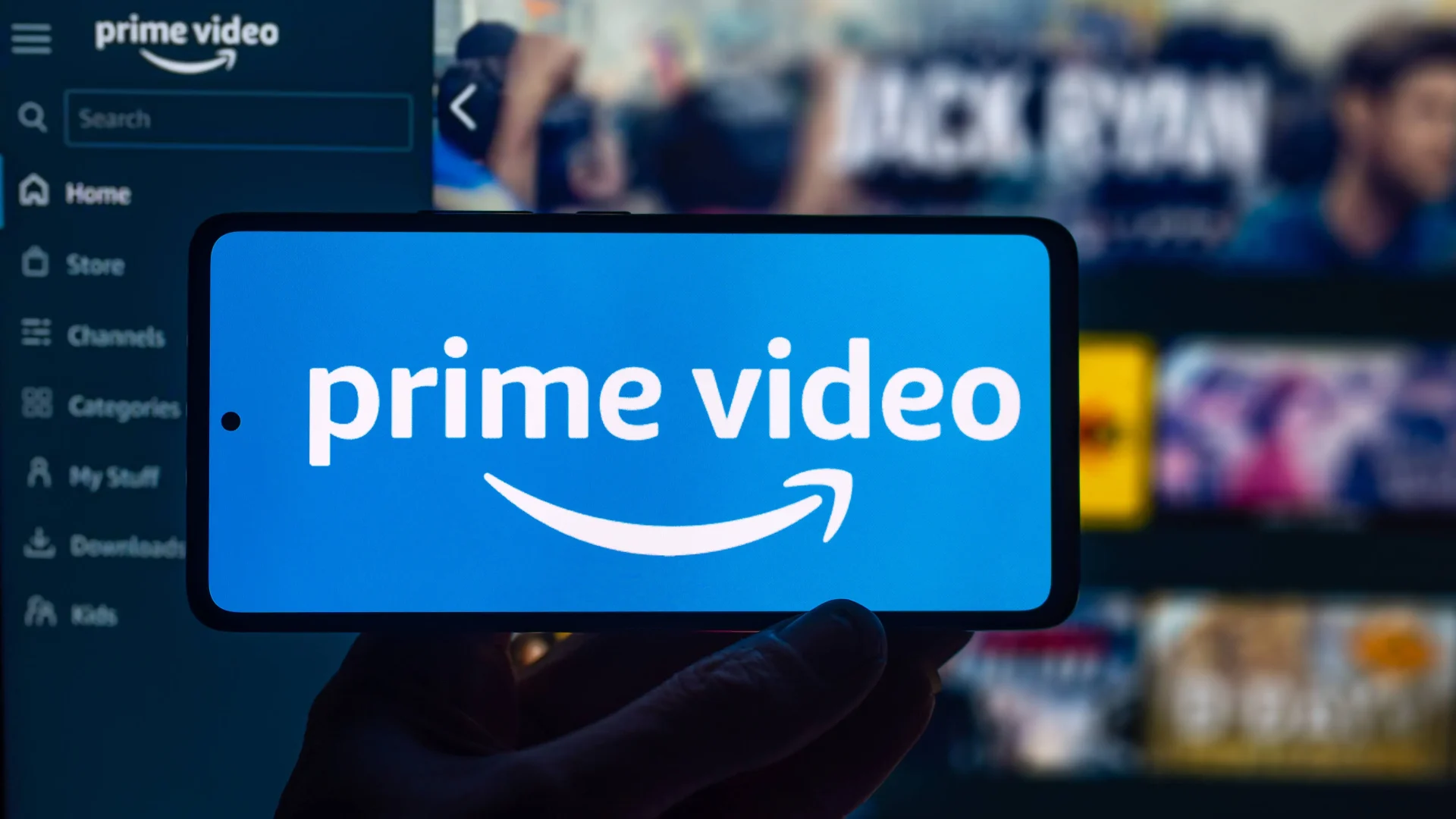
As we near the end of 2023, it is probably safe to assume that not many will be sad to see it go. the7stars’ latest QT report shows that overall, 2023 was viewed as disappointing – with 1 in 3 adults giving it a negative review, and only 18% reviewing it positively. Given these statistics, and the tumultuousness of the year, it has been – and remains – vital for brands to create enjoyable experiences for consumers. This should encompass all their interactions, from customer service to products and/or services, as well as crucially, their media and communications.
There is arguably never a more important time than in the build-up to Christmas and the festive season to bring joy to customers. And this year has seen several brands leaning into cultural trends to do so. One trend we’ve seen deployed of late is nostalgia, given research has found it can have a positive effect on emotional well-being. This trend (Nouveau Nostalgia) was identified as one of the key cultural trends for 2023 by the7stars in the Cultural Codes and can be defined as the power that nostalgia holds in the current climate to provide a comfort blanket. Especially now, as digital archives mean old content is far more accessible and can be more easily harnessed in a future-oriented role.
A prominent example of this comes in the form of this year’s Barbour Christmas advert, featuring none other than Shaun the Sheep – tapping into their customers’ inner child. It also enabled them to engagingly inform their audience about their re-waxing service that helps extend the life of products. Another great example comes from Very’s animated Christmas ad featuring some 90s nostalgia via Girls Aloud’s ‘Merry Christmas Everybody,’ which successfully launched a new creative brand platform. These are just two recent, successful illustrations of brands using trends to their advantage to remain top-of-mind in a cluttered marketplace.
The above clearly outlines the advantages of understanding customer behaviour attitudes and then tapping into this via media. In this instance, using nostalgia, brands have been able to offer some entertainment and comfort to consumers that are currently seeking this. Moving forward, those who continue to understand their audience and translate this across their media will be at the forefront – by tailoring this into what their consumers want and need at that moment.
Sources: the7stars QT, HBUK, the7stars Cultural Codes 2023, Mintel








Recent Comments